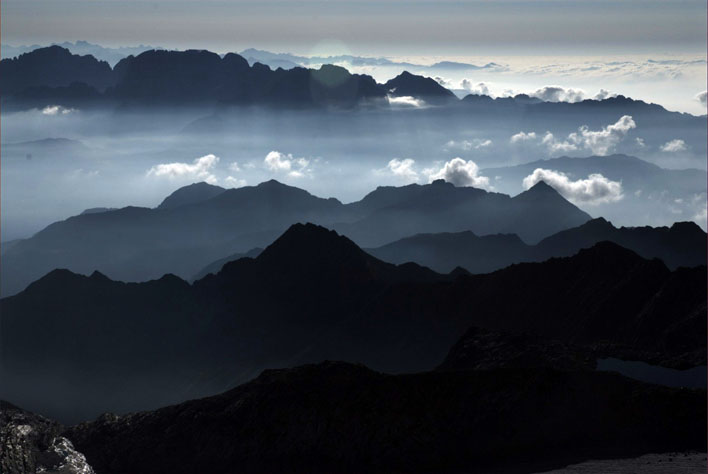Space, Place, Border. Dante and the Horizon
Abstract
Once, Dante crossed Hell to arrive on the beach of the Purgatory island, somewhere on the opposite side of the world. Obviously, at this early stage, the Austral hemisphere was not known. At the most, some geographers and theologians speculated about its very existence and its consistence. Some imagined an “Australia” which was far to be the nowadays Australia. As for him, Dante, both as an author and as a character, should have been curious of the spectacle of the new world which extended around the Purgatory island. Was he really? Did he look at the horizon which shut the perspective? In other words, was he already anchored in modernity? That is an important question which his attitude toward the horizon out of Purgatorio may allow to answer, at least in part.
Downloads
References
Agamben, Giorgio, Nudità, Roma, Nottetempo, 2009.
Collot, Michel, “L’Horizon du paysage“, Lire le paysage, lire les paysages, Saint-Etienne, Publications du CIEREC, 1984.
Del Giudice, Daniele, Orizzonte mobile, Torino, Einaudi, 2009.
Gàndara, Alejandro, La media distancia, Madrid, Alfaguara, 1966.
Lotman, Jurij, La semiosfera, Torino, Einaudi, 1966.
Prete, Antonio, Trattato della lontananza, Torino, Bollati Boringhieri, 2008.
Copyright Notice
You are free to copy, distribute and transmit the work, and to adapt the work. You must attribute the work in the manner specified by the author or licensor (but not in any way that suggests that they endorse you or your use of the work).









